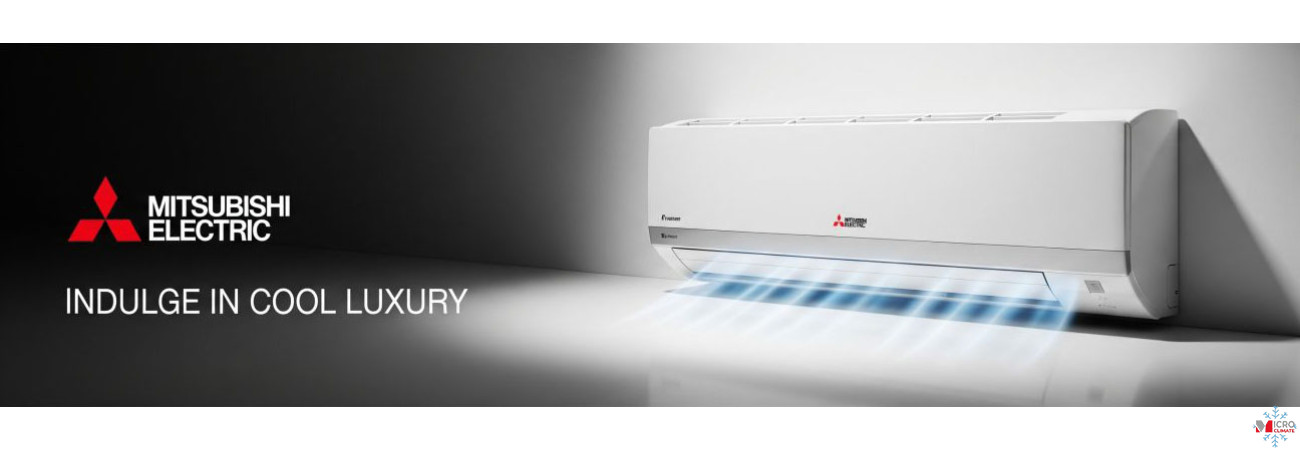
The HVAC industry is undergoing a technological revolution.
Artificial Intelligence (AI) and automation are reshaping how air conditioning systems operate, predict demand, and interact with users.
From predictive diagnostics to adaptive comfort control, these innovations are making HVAC smarter, greener, and more cost-effective across the UK.
1. Predictive Control and Learning Algorithms
AI-enabled systems learn from user behaviour and environmental data to optimise performance automatically.
For example, Daikin’s AI Comfort Control adjusts temperature based on occupancy, time of day, and sunlight intensity.
Such adaptive systems can reduce energy consumption by up to 30 % compared to conventional thermostats.
2. Predictive Maintenance
Machine-learning algorithms monitor sensor data — pressure, temperature, vibration — to detect early signs of component wear.
Instead of waiting for a breakdown, the system alerts engineers to schedule preventive maintenance.
This reduces downtime and extends compressor life by 20–40 %.
3. Integration with Smart Grids
Future HVAC systems will communicate with smart electrical grids, automatically reducing load during peak demand hours.
This “demand-response” capability supports grid stability while lowering operational costs for building owners.
4. Enhanced Indoor Climate Analytics
AI analyses temperature, humidity, CO₂, and air quality data in real time.
It can balance fresh-air intake, filtration, and airflow to maintain optimum indoor comfort and health conditions — critical for offices, hospitals, and schools.
5. IoT and Centralised Automation
IoT-connected air conditioners now integrate into Building Management Systems (BMS).
Through unified cloud platforms, facility managers can control thousands of units, compare energy trends, and adjust settings remotely across multiple locations.
6. Energy Optimisation and Sustainability
Automated HVAC systems use real-time weather forecasts and energy tariffs to decide when to heat, cool, or idle.
This “energy intelligence” can lower annual consumption by 15–25 % while supporting the UK’s Net Zero 2050 goals.
7. Human-Centric Comfort
AI doesn’t just manage temperature — it adapts to people.
Systems like Mitsubishi Electric’s 3D i-See Sensor detect occupant position, activity level, and thermal preference to fine-tune airflow and comfort dynamically.
8. The Role of Data and Cloud Infrastructure
Data collected from connected systems forms the backbone of predictive analytics.
Cloud-based platforms enable real-time benchmarking, fault detection, and energy reporting across large portfolios of buildings.
9. Future Outlook
By 2030, most HVAC systems will include embedded AI processors capable of autonomous operation.
Combined with renewable integration — solar panels, battery storage — air conditioning will evolve into an intelligent energy management ecosystem rather than a standalone comfort device.
Conclusion
AI and automation are transforming air conditioning from reactive to proactive systems.
Smarter algorithms, predictive maintenance, and integration with smart grids promise quieter, cleaner, and more efficient climate control.
For the UK market, this shift represents the next major step toward sustainable, intelligent buildings.





